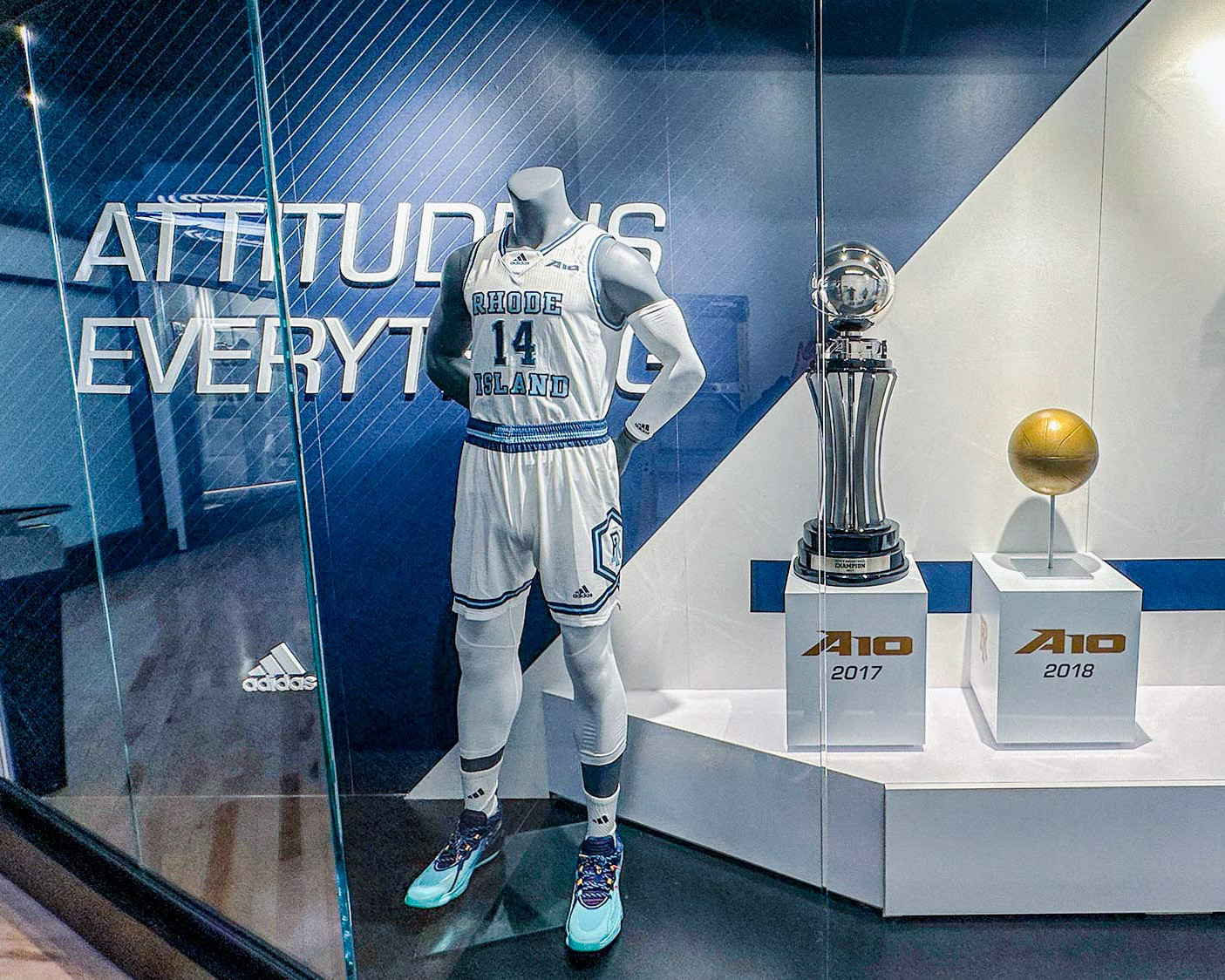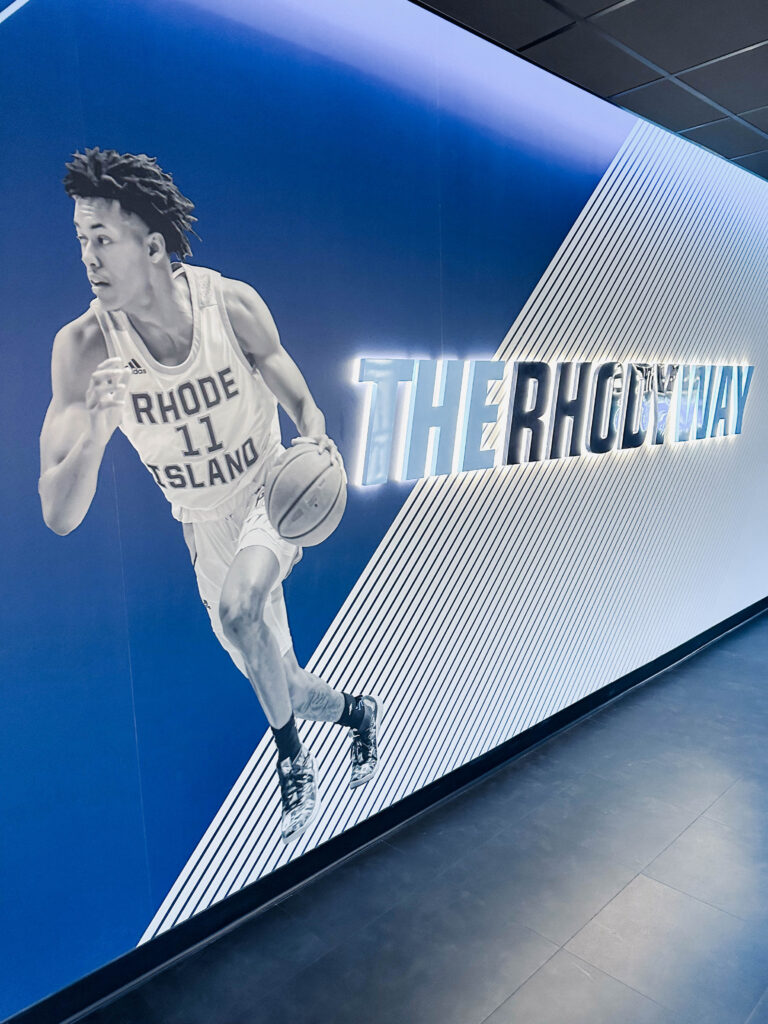
The Fight for Talent
Universities are stepping up their recruitment efforts and looking like pros.
Higher education, like most industries, faces an ever-fiercer competition for talent, attention, and revenue. While there is a plethora of benefits that higher education has to offer to student-athletes and institutions alike—from respected specialty degrees to emotional memories driven by sports experiences—many forget that higher education is a business.
Smart universities invest in what generates the most revenue. And sports is a massive revenue engine: ticket sales, multimillion-dollar media rights contracts, licensed apparel, endorsement deals, alumni donations, and lucrative conference contracts, among others...
To feed the sports machine, the competition to recruit a pipeline of top talent has never been greater. Why? Top talent lays the pathway to winning championships. Winning championships generates millions of dollars for the university. Millions of dollars are then reinvested into athletic facilities and this ballooning effect continues.

Like it or not, winners attract winners, and where winners go, money flows. (Just take a look at the dramatic uptick in sponsorship and apparel sales when a team wins a championship or hires a winning coach.) People want to be part of something bigger than themselves, and sports is a great outlet to fill that desire.
Riding the top of this wave, football reigns supreme in fan base and revenue. In fact, on average, football generates more revenue for universities than the next 35 sports combined! For example, take basketball. It's in far-distant second place. The National College Athletic Association (NCAA) now makes over $1 billion yearly, most of that during March Madness. From that revenue, it pays back ~90% of the money to conferences and schools. So yeah, the stakes are high, and the money is very real.
Now, let’s view this as a college athlete. If you’ve made it to the collegiate level of sports, you’re probably pretty good. Only about 7% of high school athletes move onto the NCAA. That’s impressive. But “pretty good” doesn’t get you to the next level of professional competition because less than 2% of college athletes go on to be professional athletes. So, if you're considered in the top tier of the 7% talented enough to play in college, you probably have some leverage regarding your school of choice.
Enter the fight for talent.

As we know, first impressions make a huge impact. Picture this: you’re 18 years old and have been recruited by several universities to play ball. From an academic perspective, the schools you’re considering are relatively comparable. Then at one university, you walk into the athletic facility and your jaw drops. From the 360° wraparound dimensional graphics in the large locker room to the illuminated school logo suspended from the training room ceiling, even Tom Brady would envy the bells and whistles. This shot of dopamine is hard to pass up. Compared to high school, you just went from Motel 8 to the Ritz-Carlton…and all you can think is “Damn, I want to be here. Where do I sign?”
And thus, a top-notch branded athletic facility can now be considered one of the most powerful tools in the recruitment process (A.K.A. business), as it demonstrates the university's commitment to athletics and the student-athlete experience.
Universities are not only investing in the physical infrastructure of their athletic facilities such as seating and lighting, but also in the technology, environmental graphics, bigger-than-life signage, storytelling murals, sports museums, and all the high-end branded amenities that accompany the experience. As a result, university athletic departments are starting to resemble professional sports organizations’ facilities. This can be a powerful motivator that helps create a strong sense of community and school spirit on campus.
The ‘sweet spot’ seems to be the intersection of tradition and innovation; eliciting an elite mindset and desire to be part of a unique culture and iconic team destined for greatness; providing student-athletes with the resources they need mentally, emotionally, and physically, to excel both on and off the field—which creates a deep sense of belonging. These talented athletes then bring prestige to the university, often inspiring other students to apply. And the cycle continues.

One example is Texas A&M University, which opened a state-of-the-art, $485 million football facility. The stadium features multiple premium-seating options, high-tech scoreboards, and top-notch training facilities for student-athletes. Many other universities, such as the University of Alabama and the University of Tennessee, have also made significant multimillion-dollar investments in their athletic facilities in recent years—in part, to attract athletic talent.
This trend is not limited to D1 universities with large athletic budgets. Smaller D2 and D3 schools are investing heavily in their athletic facilities, recognizing the importance of athletics in the overall student experience and the positive impact it can have on athletic recruitment and retention.
Enhanced sports facilities that wow are not a fad; the bar has officially been set higher and the money that is up for grabs has never been greater. Those driven universities that develop state-of-the-art facilities, on a level that competes with what you see with pro sports teams, will have an upper hand in attracting top athletic talent to represent their school.
This top-tier recruitment offers the team a better chance of lifting up a coveted championship trophy, together with the roar of the crowd electrifying the stadium and producing lasting memories – it’s an experience that money cannot buy. But it is the result of developed chemistry and deeply rooted trust that has been earned through countless hours of practice and commitment to a common goal. Maybe there is some truth to the famous line from Field of Dreams: if you build it, they will come.




